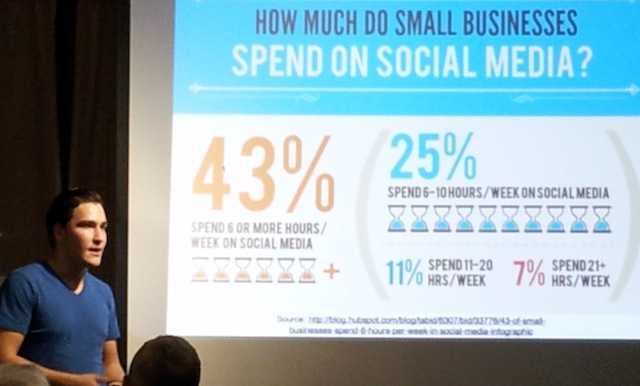Using PayPal for online payments has become commonplace for many people. However, sometimes you may encounter the message “Authorization in Progress,” which can be a cause for concern. In this article, we’ll look at what this message means, why it appears, and how to resolve the issue using an unconventional approach and avoiding trite phrases.
What Does “Authorization in Progress” Mean?
Basic Concepts
Authorization is the process by which PayPal verifies that you have sufficient funds in your account or on a linked bank card to make a payment. The message “Authorization in Progress” means that this process is not yet complete and the transaction is pending confirmation.
Causes of Occurrence
The “Authorization in Progress” message may appear for several reasons:
- Verification of Funds: PayPal is verifying that you have enough money in your account or on your card.
- Security: PayPal is performing additional verification to ensure the security of the transaction.
- Bank Issues: The bank associated with your PayPal account may delay authorization due to internal checks or technical issues.
How to Resolve an Authorization Issue?
Step 1: Check Your Account or Card Balance
First of all, make sure that you have enough funds in your PayPal account or on your linked bank card to make the payment. This may be one of the reasons for the delay in authorization.
Step 2: Check Your Card Details
Make sure your bank card or account information is up-to-date and correct. If the card has expired or the information has changed, you need to update the information in your PayPal account.
- Log in to your PayPal account.
- Go to the Wallet section.
- Select the card or account used for authorization and update the required information.
Step 3: Make Sure There Are No Restrictions
Check if there are any restrictions on your PayPal account. These may be security-related restrictions or suspicious activity.
- Log in to your PayPal account.
- Go to the Resolution Center section.
- Check if there are any notifications about restrictions or additional checks.
Step 4: Contact PayPal Support
If you’ve completed the previous steps and your authorization is still in progress, contact PayPal Support. They can provide additional information and help you resolve the issue.
- Go to the Help section of the PayPal website.
- Select Contact Us.
- Choose a contact method – phone, email, or chat – and follow the instructions to get help.
Step 5: Contact Your Bank
If the problem is caused by the bank associated with your PayPal account, contact the bank’s customer service. They can help you understand the situation and speed up the authorization process.
Tips to Prevent Similar Situations in the Future
Use Reliable Cards and Accounts
Make sure you use bank cards and accounts from trusted institutions that have a fast and reliable authorization process.
Check Your Balance Regularly
Check your PayPal account balance and those of your linked bank cards on a regular basis. This will help you avoid situations where you don’t have enough funds to make a payment.
Update Your Information
Update your bank card and PayPal account information regularly, especially if it changes or expires.
Benefits of Using PayPal
Security
PayPal provides a high level of security for all transactions. Authorization is an important part of this process that helps prevent fraud.
Convenience
PayPal makes it easy to make online payments and transfers by keeping all your financial data in one place.
Global Usage
PayPal is used all over the world, which allows you to make payments and receive funds in different currencies without any difficulties.
Conclusion
Authorization in process at PayPal can be caused by various reasons, but there are specific steps you can take to resolve the issue. By using this out-of-the-box approach, you will be able to quickly find the cause of the delay and successfully complete the transaction. We hope that this guide has helped you understand what in-process authorization is, how to resolve it, and how to avoid similar situations in the future.


